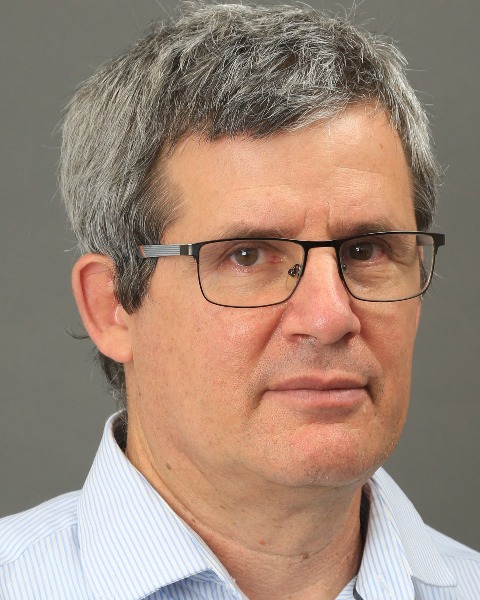ACE 2025
AQMM
Next Generation Air Monitoring Tools and Techniques
An Alternative Annex to Appendix K – Calculation of Response Factor for Optical Gas Imaging Cameras
Wednesday, June 11, 2025
3:50pm – 4:10pm ET
Location: 302B

Ram A. Hashmonay, Sc.D.
Chief Innovation Scientist
Opgal, HaZafon, Israel
Author(s)
Abstract Description: Appendix K to Part 60 (OOOOb, OOOOc)—Determination of Volatile Organic Compound and Greenhouse Gas Leaks Using Optical Gas Imaging is an EPA new protocol/method for leak detection using Optical Gas Imaging (OGI) cameras. Appendix K protocol uses the Response Factor (RF) as a primary sensitivity specification for an OGI camera for application LDAR surveys. Response factor is the OGI camera's response to a compound relative to a reference compound (propane in Appendix K protocol) at a concentration length (CL) of 10,000 ppm m. Response factors are specific to the OGI camera and can be obtained from peer reviewed articles or may be developed according to procedures specified in Annex 1 of appendix K protocol. Annex 1—Development of Response Factors for OGI Cameras is an elaborative testing procedure for retrieving the specific OGI camera RF for each compound. The RF is not a measure of absolute response sensitivity of an OGI camera. The RF is a relative sensitivity measure (relative to propane in this protocol), and it is a function of the absorption coefficient spectra of the target and reference compounds and of the bandpass filter spectral range (3.2-3.45 m for most relevant cameras). It is not a function of the actual transmission values or detector sensitivity as expressed by noise equivalent temperature difference (NETD). We propose an accurate computational protocol for calculating RF values, given the camera transmission and target compound absorption coefficient overlapping spectra
In a computational study of RF values for a wide range of all known possible bandpass filters (52 combinations), between 3.2 and 3.55 m, we concluded that all relevant compounds (Alkanes, Alkenes, BTEX) have a response factor of at least 0.25 at 10,000 ppm m. Methane has the lowest RF value (and almost a constant for all tested bandpass filter combinations) of all relevant compounds, and it is the dominant compound in natural gas. Therefore, we present the results of this computational study primarily for methane. We believe that there is no point of measuring an easy-to-calculate constant of the target compound (Annex 1), and surely not repeating the measurement whenever the mixture changes. Alternatively, we propose calculating the RF value using the proposed validated and peer reviewed (our research results will be submitted to AWMA journal next month) protocol.
In a computational study of RF values for a wide range of all known possible bandpass filters (52 combinations), between 3.2 and 3.55 m, we concluded that all relevant compounds (Alkanes, Alkenes, BTEX) have a response factor of at least 0.25 at 10,000 ppm m. Methane has the lowest RF value (and almost a constant for all tested bandpass filter combinations) of all relevant compounds, and it is the dominant compound in natural gas. Therefore, we present the results of this computational study primarily for methane. We believe that there is no point of measuring an easy-to-calculate constant of the target compound (Annex 1), and surely not repeating the measurement whenever the mixture changes. Alternatively, we propose calculating the RF value using the proposed validated and peer reviewed (our research results will be submitted to AWMA journal next month) protocol.

